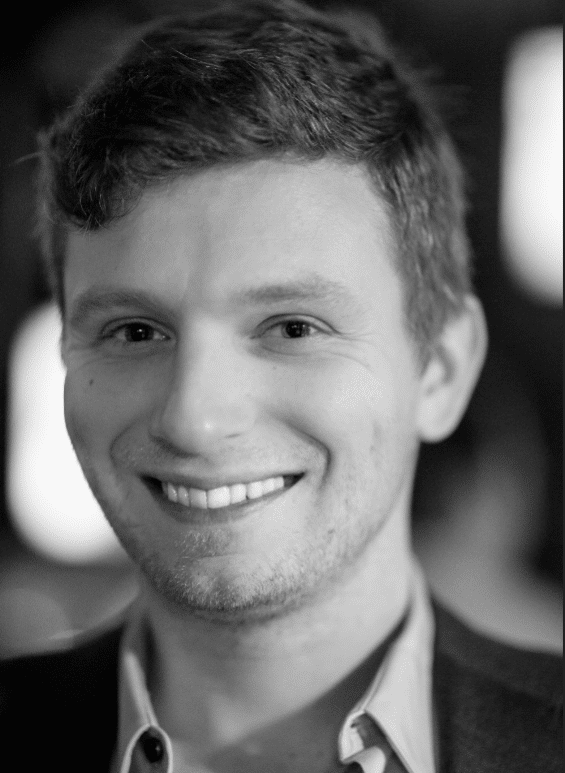
Updated May 28th, 2024
There’s just something about summer. The weather’s nice, the days are longer, and everything just feels more positive. The difference between summer and the rest of the year is even more obvious to college students and recent graduates since class isn’t in session, but even working adults are liable to fall into a summer mindset before they even realize it.
Being in this summer mindset feels good for a while, but it can cause problems when the seasons change and you need to shift into a new gear, such as when you return from vacation or start a new project. Just as people with ADHD may find task switching challenging, they may also struggle with cognitive shifting between seasons, roles, or social groups. This problem is also common for neurotypical people as well. This guide explores the importance of cognitive shifting and how to make these transitions easier.
What Is Cognitive Shifting?
Simply put, cognitive shifting represents your brain’s ability to transition seamlessly between different contexts, events, expectations, thoughts, and needs. As you encounter changes, novel scenarios, and unexpected events, it’s necessary to shift your thinking in multiple ways at once—and this is known as a cognitive shift. In summer, we shift our expectations toward outdoor activities, leisure, vacation, shorter work weeks, breaks from school, relaxation, large social gatherings, and long days of sunlight. But when autumn rolls around, many people gain more or new responsibilities, the types of activities you can participate in change, and the pace of everyday life changes.
If these changes make you feel stuck or resistant, what you’re experiencing is known as cognitive rigidity. This is especially common for neurodivergent people, including those with autism or ADHD.
What Cognitive Shifting Looks Like in Daily Life
Cognitive rigidity is the opposite of cognitive shifting, and it can lead to stress, unhappiness, and burnout. Luckily, cognitive flexibility is a skill that you can practice and hone, and you can learn how to tackle transitions with less discomfort.
Transitioning in Your Work Life
In professional settings, shifting your brain out of “summer mode” can take many different forms. For example, you can begin the shift by honing your focus and preparing to take on larger workloads than is normal for the summer.
You can set a plan of action for when your first big tasks come in and use it to guide yourself through that difficult transition. People who work from home may also want to dedicate a specific work space and clear it of distractions and stimuli.
Cognitive shifts are also necessary when sudden or unexpected changes happen, such as a long-term project going in a new turn or a crucial person being unable to attend a presentation. You’ll need to shift your perspective on the inciting event in order to properly deal with it.
Transitioning at Home
Cognitive shifts at home often have a crucial spatial component. Shifting out of a summer mindset in your own home may mean redecorating, decreasing the amount of light you let in, transitioning your diet toward more seasonal foods, pulling out the clothes from your fall wardrobe, or changing your leisure activities. If you’ve been spending all summer outside, planning to spend more time at home can help you process and prepare for the changing seasons.
How to Avoid Cognitive Rigidity
Make Changes
Promoting cognitive flexibility can be as easy as making small but frequent changes to your routine and your surroundings. Consider visiting new places in town, trying new foods, engaging with movie and music genres that you don’t normally gravitate toward, adjusting your sleep schedule, picking up new hobbies, or even using a different type of toothpaste. These small changes keep you open to the unexpected.
Gain New Perspectives
Work often becomes tedious or repetitive, and it can leave you turning to the same solutions repeatedly, leading to entrenched thinking and cognitive rigidity. When this happens, try changing your perspective. Ask someone from outside your organization—like a friend or family member—how they would handle a task. Or imagine that you’re in a different role at your job but are given the same task. How would you approach the topic? This exercise can help you come up with new ideas and boost creativity.





